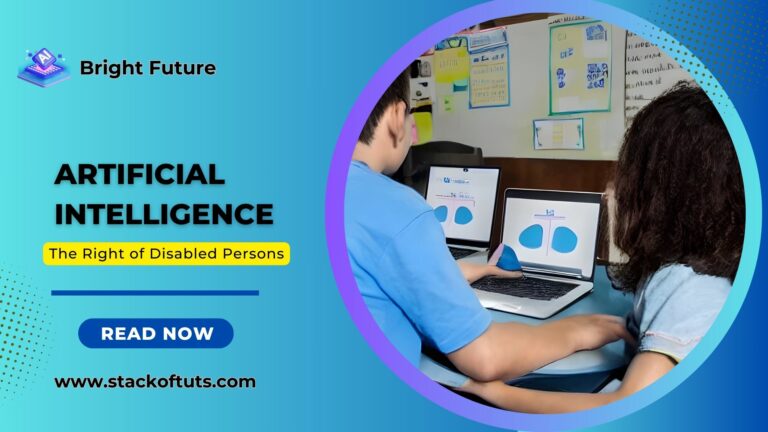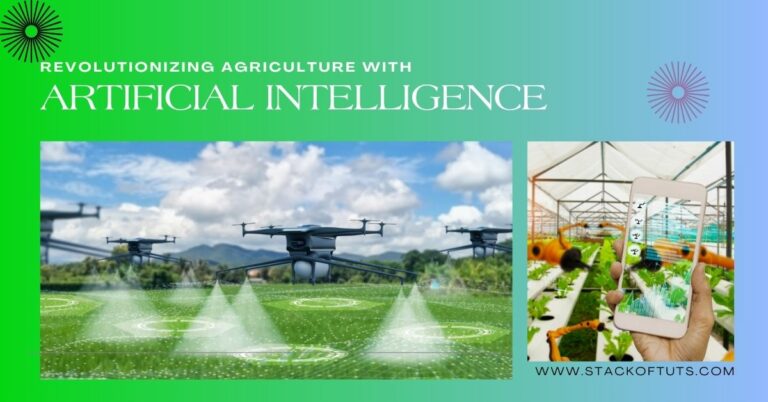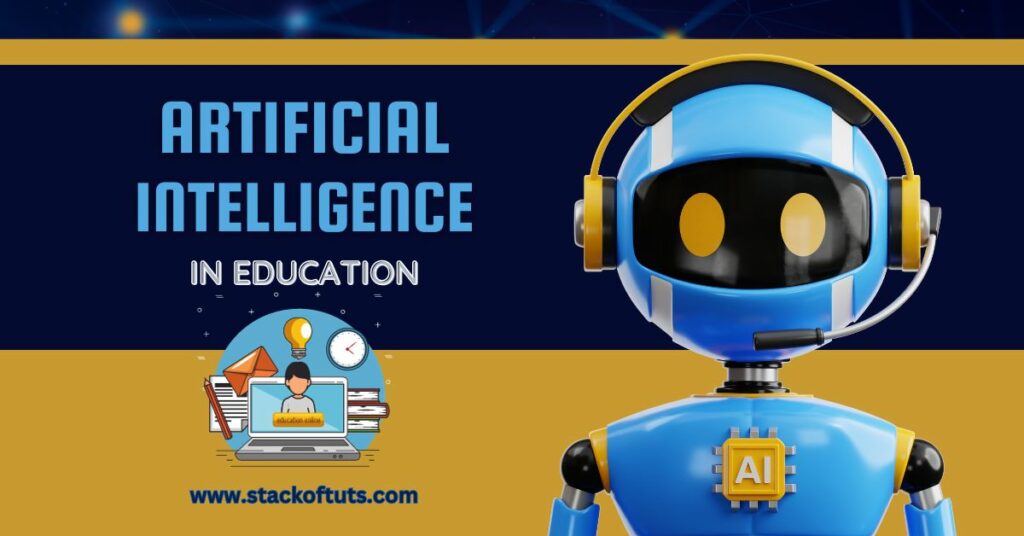
The education landscape has been shifting rapidly, with technological advancements playing a pivotal role in reshaping how knowledge is imparted and received. One of the leading contributors to this transformation is artificial intelligence (AI). So, how can we improve our education with AI? The potential is vast, from personalized learning experiences to better engagement strategies.
Let’s delve deep into the realm of AI and its implications for the education sector.
What is AI?
Artificial intelligence, often simply referred to as AI, is a branch of computer science dedicated to creating systems capable of performing tasks that would typically require human intelligence. These tasks include problem-solving, pattern recognition, understanding languages, and decision-making. AI operates by mimicking human cognitive functions, learning from data, and improving its performance based on that data.
What is AI education?
AI education refers to the integration of AI tools and methodologies into the learning process. This can encompass AI-driven content recommendations, chatbots for query resolution, data analysis to identify learning gaps and much more. The primary aim of AI education is to create a more personalized, efficient, and scalable learning environment for students.
Different ways to improve our education with AI
1. personalized learning experiences
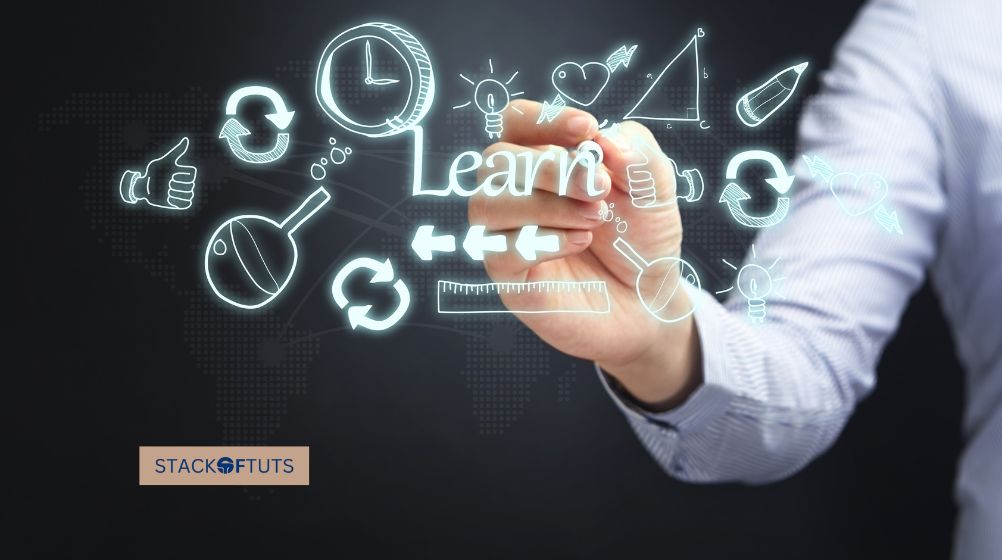
The Problem: Traditional educational systems often adopt a uniform approach, making it difficult to cater to individual student needs. Some students might find the pace too fast, while others might find it too slow.
How AI Can Help: AI, with its data-driven capabilities, can monitor and analyze each student’s learning pace, strengths, weaknesses, preferences, and areas they struggle with. By continually assessing a student’s performance on tests, assignments, and interactive sessions, AI can pinpoint specific areas of concern.
Tool Example: A platform like DreamBox uses AI to adjust the content in real time, providing students with resources that cater specifically to their needs. If a student struggles with a particular math problem, the platform might offer them additional resources or even change the types of problems they encounter to better fit their learning curve.
2. Intelligent tutoring systems

The Problem: Not all students are comfortable seeking help, and even if they do, human tutors might not always be available or affordable.
How AI Can Help: AI-powered tutoring systems can provide instant feedback, clarify doubts, and even offer additional exercises to students, all without human intervention. These systems can operate 24/7, ensuring that students have assistance whenever they need it.
Tool Example: Carnegie learning is a platform that has effectively utilized AI to create a dynamic math tutoring system. As students work through problems, the platform identifies mistakes, provides immediate feedback, and even offers hints to guide them.
3. Automating administrative tasks
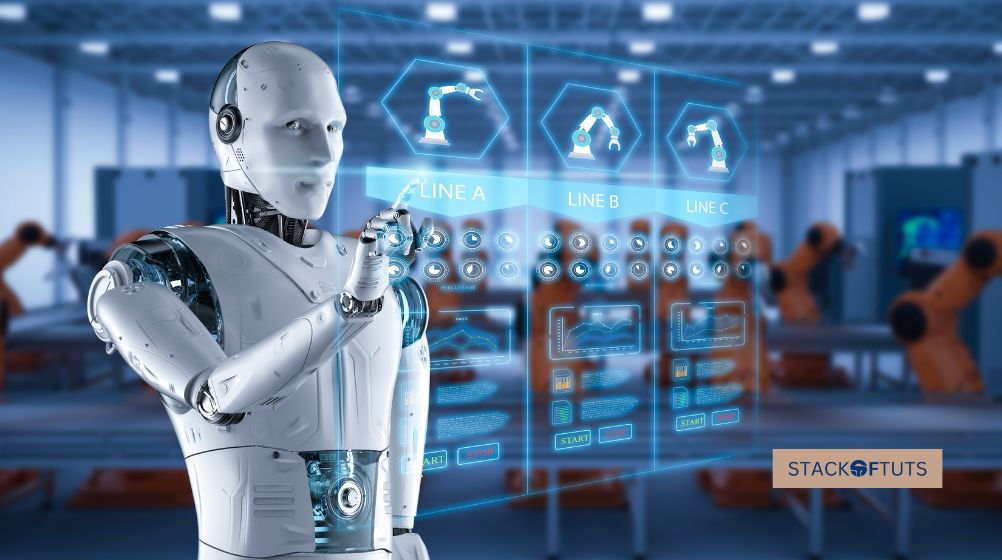
The Problem: Educators often find themselves bogged down with administrative tasks such as grading papers, taking attendance, or planning lessons, leaving them with less time for actual teaching.
How AI Can Help: AI can swiftly manage these repetitive and time-consuming tasks. For instance, automated grading systems can evaluate student submissions in a fraction of the time it would take a human and with consistent criteria.
Tool Example: GradeScope is a platform that enables teachers to grade papers digitally. Using AI, it can recognize answers and grade them based on a predefined rubric, ensuring consistency and saving immense amounts of time.
4. Enhancing Engagement with Virtual Reality
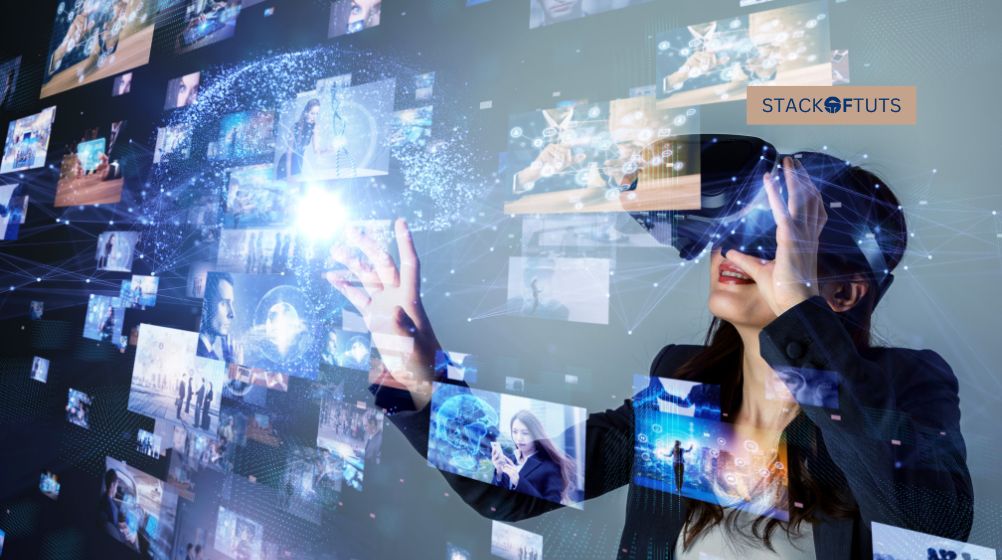
The Problem: Traditional teaching methods might not always capture the attention of digital-native students, leading to reduced engagement.
How AI Can Help: By integrating AI with virtual reality (VR), educators can create immersive learning environments. These interactive simulations can make subjects like history, science, or even art come alive, allowing students to “experience” the content rather than just read about it.
Tool Example: Nearpod offers VR Field Trips, where students can virtually visit historical sites, dive into the human body, or even explore space. These immersive experiences can make learning more engaging and memorable.
5. Language Translation and Learning Support
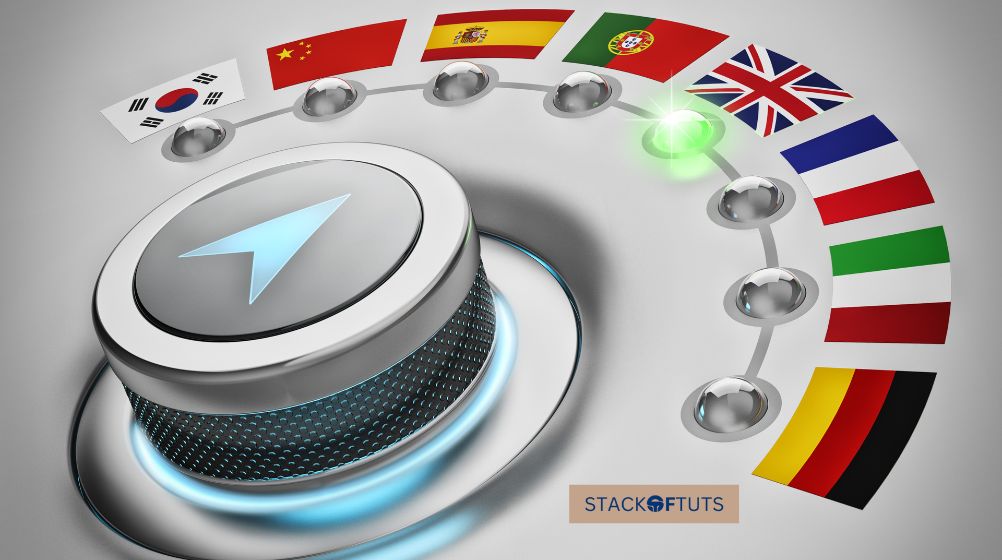
The Problem: In an increasingly globalized world, language barriers can hinder effective communication and learning, especially for students in multicultural environments or those trying to grasp a new language.
How AI Can Help: AI-driven language translation tools can break down these barriers, allowing content to be instantly translated into various languages. Moreover, for students trying to learn a new language, AI can offer tailored exercises, correct pronunciations, and real-time feedback on language usage.
Tool Example: Duolingo is a prime example of harnessing the power of AI for language learning. The platform adapts to each user’s learning style and pace, offering personalized lessons. It can correct pronunciations, provide insights into common mistakes, and even simulate conversations to help learners practice.
FAQs
AI analyzes individual student data, tailoring content and resources to their specific needs and ensuring optimal comprehension and retention.
While AI can enhance many aspects of education, it cannot replace the human touch, emotional intelligence, and personal interactions provided by teachers.
While some AI tools can be pricey, many affordable options offer substantial benefits. Over time, as technology becomes more prevalent, costs are expected to decrease.
Teachers should be trained to understand data privacy concerns and always prioritize the well-being and privacy of students when using AI tools.
Conclusion
How can we improve our education with AI? Collaboration between human teachers and AI will lead to a better, more efficient, and more welcoming school environment as we continue to use technology. This is because AI can be used to offer personalized learning, make administrative tasks easier, deliver interesting content, and offer round-the-clock help.
Thanks!



